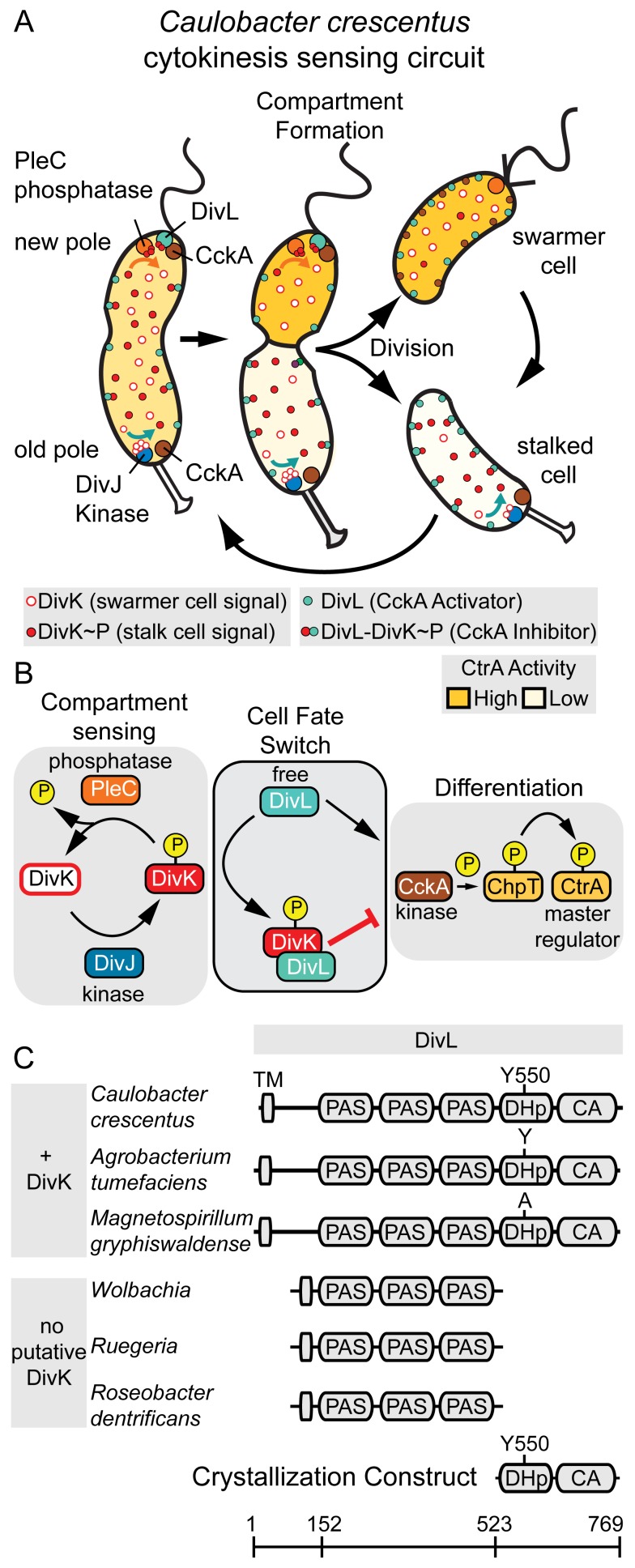Figure 1. A compartment sensing circuit regulates asymmetric cell division in Caulobacter crescentus.
(A) A cartoon of C. crescentus asymmetric cell division and the spatiotemporal localization of the essential regulatory components DivJ (blue), DivK (red), PleC (orange), CckA (brown), DivL (green), and CtrA (yellow). PleC serves as a DivK phosphatase localized at the new cell pole, while DivJ serves as a DivK kinase localized at the stalked cell pole. DivJ and PleC are physically separated upon compartmentalization, generating DivK∼P (full red circles) in the stalk compartment and DivK (open red circles) in the swarmer compartment. This compartment signal (DivK) selectively represses CtrA upon interaction with DivL thereby guiding distinct developmental programs for swarmer and stalked cells. (B) To promote cell differentiation, Caulobacter employs three distinct signaling modules: a compartment sensing module consisting of DivJ (HK), DivK (RR), and PleC (phosphatase), a differentiation module consisting of CckA (hybrid HK), ChpT (phosphotransferase), and CtrA (RR), and a cell-fate-switch module comprising the DivL pseudokinase that connects the compartment-sensing and differentiation modules. DivL activates the differentiation module when unbound (via CckA), but represses this module when bound to DivK∼P. (C) The domain organization of DivL in select α-proteobacteria that contain a putative DivK ortholog versus DivL domain organization in α-proteobacteria that do not contain a putative DivK ortholog [19]. Based on comparative analysis, DivL(523–769) containing only the DHp-CA domains was selected as a minimal DivK interacting unit for crystallization trials.

